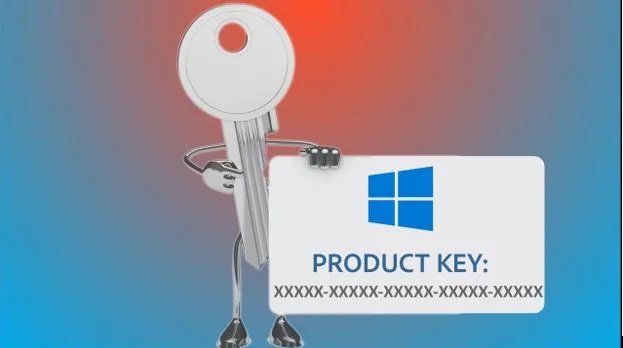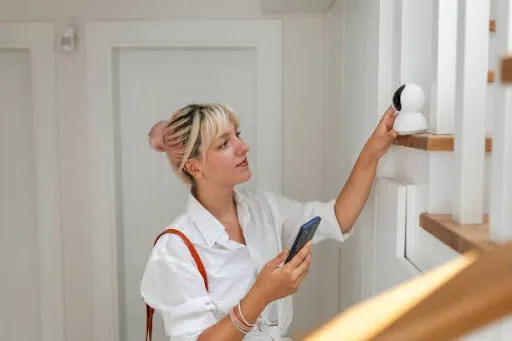How to Farm Items Quickly in Grow A Garden
Farming Grow A Garden Items efficiently isn’t just about grinding endlessly—it’s about using the right methods, timing, and strategies to maximize your yield with minimal wasted effort. After spending plenty of hours experimenting with different approaches, I’ve gathered some tried-and-true tips that can help you stack up valuable gear, crops, and rare finds much faster.
1. Focus on High-Yield Crops First
Not all crops are created equal, and planting randomly can slow your progress. If you want to get items fast, start by identifying which crops give the highest returns for the time invested.
- Moon Melon: Long growth time, but consistently high value and a better chance of rare gear drops when harvested.
- Bone Blossom: Rare seed, but it can drop exclusive crafting materials you won’t get from common crops.
- Dragon Fruit: Great for Cooking Quests and can be traded at a high value.
The trick is to match your crops to your available playtime. If you can check in frequently, shorter-growth crops (like basic berries) might actually net you more harvests per day. But if you log in less often, long-growth crops with high-value drops are more efficient. Always replant immediately after harvesting—the less downtime your plots have, the faster your inventory grows.
2. Stack Passive Bonuses
Your farming speed can multiply when you combine the right pets and gear effects. Think of it as building a mini “farming build” that works for you even when you’re just moving around the garden.
- Pets with drop rate boosts: Some pets increase the chance of finding rare seeds, crafting mats, or gear during harvests. For example, a pet that doubles your chance of rare drops can save you hours of grinding.
- Gear that reduces growth time: Items like Growth-Boosting Gloves or Fertilizer Bags shave minutes off crop timers, letting you squeeze in extra harvest cycles.
- XP-boosting items: These may not directly give you more items, but leveling your pets faster means unlocking stronger passive skills, which in turn improves your farming efficiency.
If possible, equip multiple passive effects at once. A pet that increases rare seed drops + gear that speeds up growth can double your efficiency compared to running them separately.
3. Use Cooking Quests for Extra Rewards
The Cooking System is one of the most overlooked farming tools in the game. While it’s mainly known for producing food, completing Cooking Quests can reward you with seeds, crafting materials, gear, and even rare event items.
- Track Chris P. Bacon’s cravings: His requests change often—sometimes every in-game day—so always check his speech bubble or quest board. Preparing ingredients in advance means you can turn in a quest instantly.
- Rarity matters: The rarer or higher-quality the ingredients you use, the better the rewards. A high-quality Moon Melon in a recipe has a much better chance of giving you a rare seed or gear than a common berry.
- Double farming benefit: While you’re gathering ingredients for quests, you’re also passively farming crops. This means Cooking Quests don’t take you away from farming—they layer extra rewards on top of your normal routine.
If you get into a rhythm of harvesting crops, restocking your cooking ingredients, and completing quests as soon as they appear, you’ll constantly have a stream of bonus items without extra grind.
Mastering Cooking Quests not only boosts your farming efficiency but can also help you secure rare pets and items that aren’t easy to find elsewhere. Many players have reported unlocking unique rewards through consistent quest completion, making it a smart habit for any serious gardener. If you’re aiming for specific pets, this method can be a hidden shortcut—especially for limited-time or event-exclusive companions. For example, learning How to Get Red Fox in Grow a Garden might just start with a perfectly timed Cooking Quest and the right high-quality ingredients.
4. Optimize Your Play Sessions with Server Hopping
If you’re hunting for specific items—especially seasonal drops or rare event loot—server hopping can be a game-changer. The idea is to move between different servers to reset the available resources and item spawns.
- Best use case: Works best for limited-time environmental resources, NPC item rewards, or rare wild spawns.
- Timing matters: Give each server a few minutes before switching. Some resources have cooldowns that are tied to your account rather than the server, so hopping too quickly might waste time.
- Low-traffic servers: Choose quieter servers to reduce competition for rare resources. You can usually find these by joining at off-peak hours or through private server access.
When done right, server hopping allows you to farm specific rare items multiple times in a single session without having to wait for respawn timers in one location.
5. Make the Most of Events
Events are one of the most efficient farming opportunities in Grow A Garden. They often include boosted drop rates, unique mechanics, and limited-time items that can be farmed far faster than in normal gameplay.
- Check event bonuses: Some events double your crop output or guarantee rare drops from specific plants—these are perfect times to plant rare seeds in bulk.
- Event-exclusive gear: Often, event gear boosts farming in ways that remain useful after the event ends. Prioritize getting these while they’re available.
- Layer event farming with normal farming: You don’t have to choose between farming event items and your usual crops—many events integrate into regular gameplay so you can do both at once.
Even if you’re not personally interested in the event’s theme, the boosted efficiency can skyrocket your item gain rate for the duration.
6. Trade to Fill Gaps in Your Collection
Sometimes, farming an item yourself just isn’t worth the time—especially if it has a very low drop rate. Trading with other players can be the fastest way to complete your collection or finish crafting a valuable item.
- Use Trading Tickets wisely: These are limited, so save them for high-value exchanges rather than small trades.
- Fair trades benefit both sides: Offer items that are valuable to the other player but easier for you to farm. This way, both parties save time.
- Leverage event items: Event-exclusive loot often has high trade value right after the event ends. If you farm extras, you can trade them later for rare items you missed.
Trading doesn’t just help you skip the grind—it’s also a way to turn surplus items into valuable resources that speed up your overall progress.
By using the trading system strategically, you can turn items you don’t need into valuable assets that push your progress forward. This includes swapping surplus event loot for rare gear, pets, or crafting materials you’ve been missing. Smart trades can also help you accumulate currency faster—especially if you focus on deals that net you extra grow a garden sheckles, which can then be reinvested into seeds, gear, or other essentials to keep your farming momentum going strong.
7. Use Gear Upgrades to Multiply Efficiency
Many farming tools and gear pieces can be upgraded to improve their effects. Even a small boost in speed or yield per harvest can add up over time.
- Prioritize upgrading tools that affect growth time or harvest yield.
- Upgrade gradually—focus on one or two key pieces rather than spreading resources too thin.
- Keep an eye on event shops or seasonal vendors, as they sometimes sell upgrade materials at discounted prices.
By constantly improving your core farming gear, you make every action more productive.
8. Manage Your Plot Layout for Speed
How you arrange your crops can affect how quickly you can harvest and replant.
- Group crops by harvest time so you can clear entire sections at once.
- Keep high-value crops near your main path for quick check-ins.
- Place cooking quest crops close together so you can gather them fast when a request comes in.
This reduces walking time and makes your farming routine smoother, especially during short play sessions.
9. Join Farming Groups or Co-op Sessions
While Grow A Garden can be played solo, teaming up can drastically increase your efficiency.
- Friends can cover different crops and trade for needed items.
- Groups can share rare seeds to speed up collection progress.
- Co-op sessions make server hopping easier, since you can coordinate when resources are ready.
A well-organized group can farm far more in an hour than any single player working alone.
10. Track Your Farming Data
It might sound overkill, but keeping notes on what crops give the best returns in specific conditions can save you time in the long run.
- Record average harvest yield for different crops.
- Note drop rates for rare seeds and items.
- Track event bonuses and how they affect your results.
Over time, this personal data becomes a powerful tool for planning the most profitable farming strategy.




